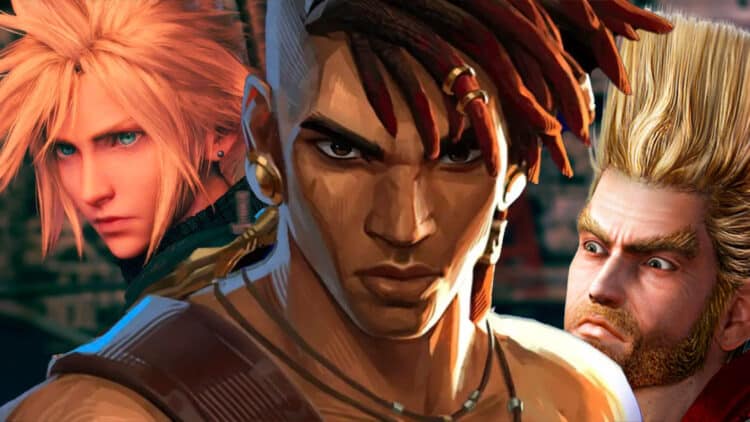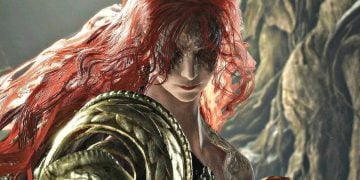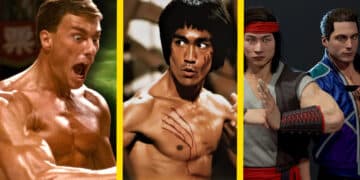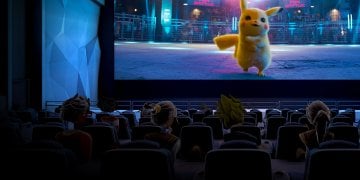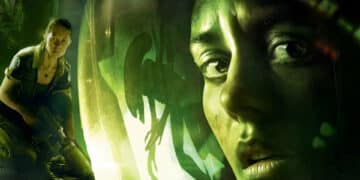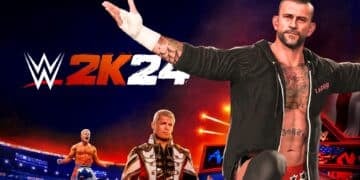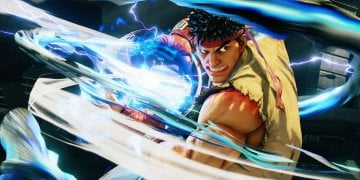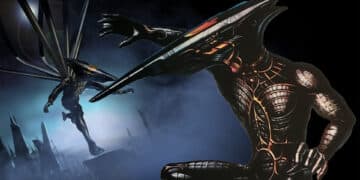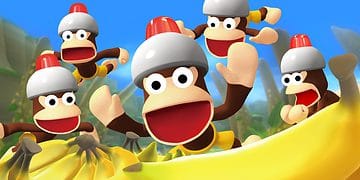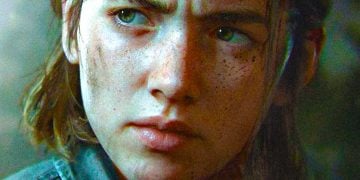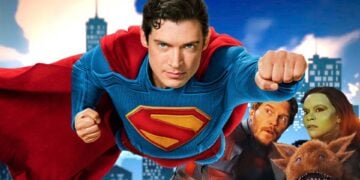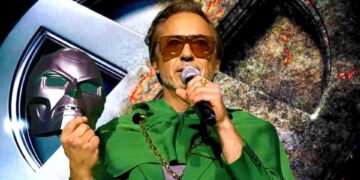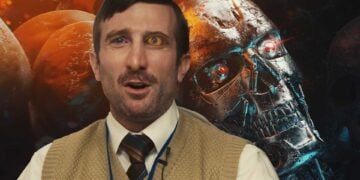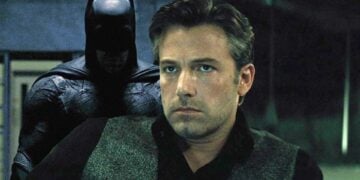Creating a character is one of the most significant moments of any Elden Ring playthrough. Sure, your character will probably wear a helmet that’s going to cover their faces for 90% of the game, but still, customization matters. One thing I didn’t remember about Elden Ring, however, is how disappointing its selection of hairstyles can be. Both males and females – sorry, Type A and Type B – have access to the same hair options, and they still manage to be lacklustre. All that said, this hairy conundrum extends well beyond Elden Ring. For a while, hairstyles have been lacking in video games. From the rugged buzzcuts of every space marine in existence to that borderline stereotypical dreadlock fade developers are now giving to every black character, it’s time for video games to pay a visit to a stylist. Because not everyone can be as stylish as Agent 47.
Hairstyles as a Character Trait
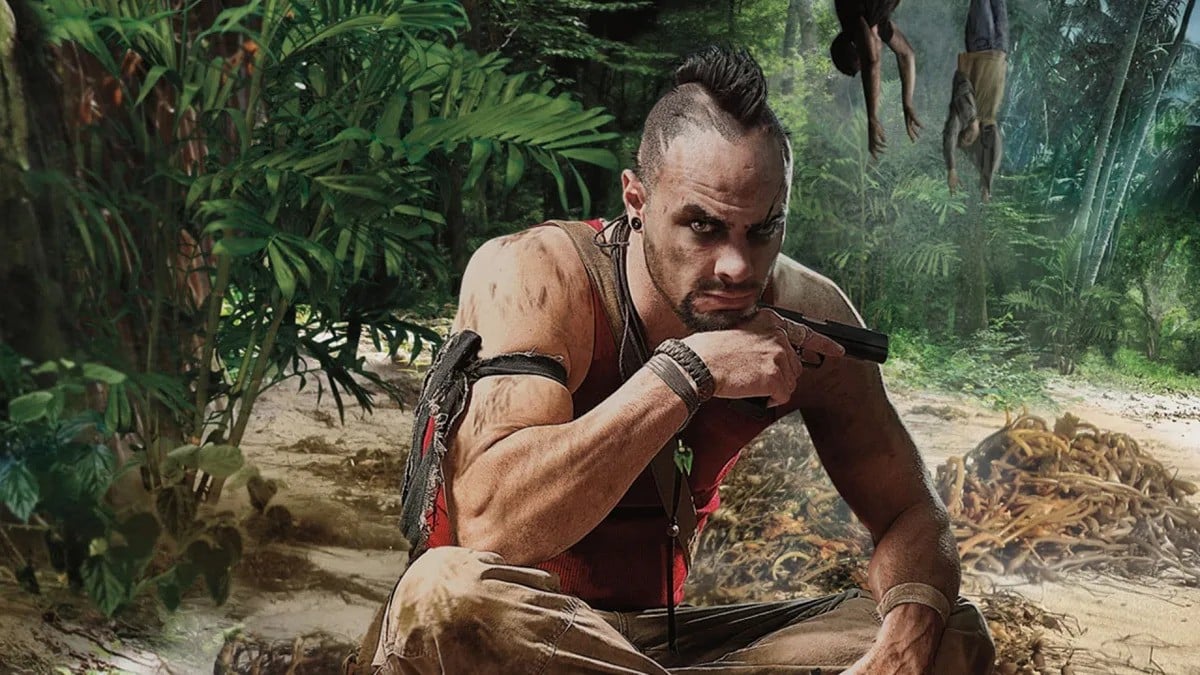
It seems almost necessary for strong female leads to have a side buzz cut. For some developers, it seems as if long hair itself in women denotes weakness, and that’s pruned with a good old side shave.
This overused hairstyle trope does a disservice both to complex character writing and to real-world women. Implying feminine qualities are inherently weak, while a buzzcut imparts strength and feeds into dated stereotypes.
Yet titles like Overwatch and League of Legends lean heavily on the “tough girl side buzz” to signal their female fighters’ grit. It is as if Zarya or Vi would lose their muscle and battlefield prowess should they grow out a ponytail. It’s an absurd notion, not to mention artistically dull – as though creators lack innovation without this visual shorthand for “woman warrior.”
Reducing a female character to their hairstyle to communicate how strong they are is the polar opposite of empowering. Not every heroine needs a razor-shorn head to prove her steel. We already have male leads exhibiting depth and strength without resorting to universal buzzcuts. Remember the days of Infamous and GTA IV and how everyone had a buzzcut back then? We’re getting that for strong female characters now, and it’s every bit as boring as it ever was with men.
That said, a few games have incorporated side buzzcuts more organically into certain female characters. Cyberpunk 2077’s Judy Alvarez sports the shaved look to accommodate Braindance implants – the hairstyle serves a practical purpose for her technological work rather than acting as a superficial “tough girl” signifier. There’s nothing wrong with the hairdo, only with using it as a crutch.
Hair Isn’t a Race
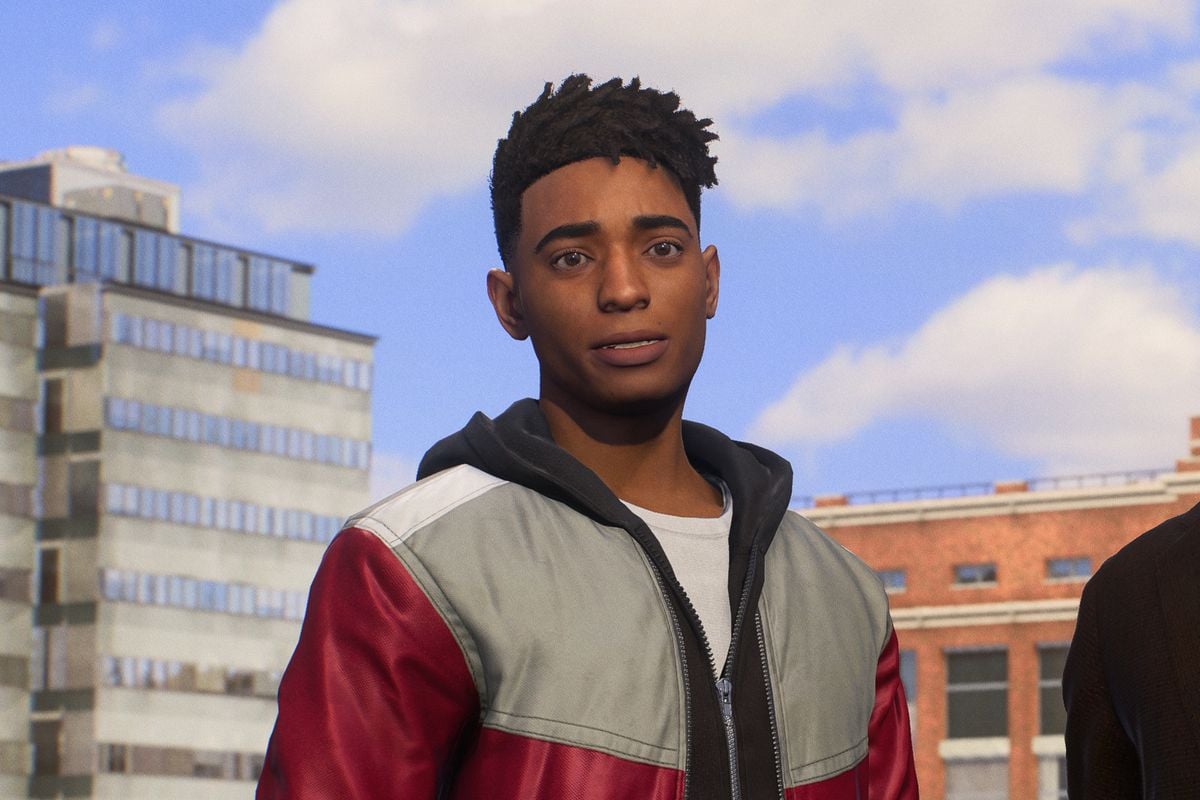
Hairstyles carry deep cultural meaning, yet many video games lean on locks primarily as racial signifiers rather than expressions of identity. Character creators frequently take a reductionist approach to black hair, in particular, offering some variation of the afro to signify a “black character” while limiting further styles.
Let’s go back to Elden Ring for a second. That’s one game where I noticed the hair options for black characters were severely lacking. In a game with lore as rich as Elden Ring – with a backstory written by George R.R. Martin, no less – hairdos could have included some representation of the cultures that birthed them in the in-game mythos. Instead, we got the most generic hairstyles possible.
Black hairstyles come in myriad forms – locs, twists, fades, curl patterns, and more that games rarely depict. Players should be able to recognize their hair texture and style rather than have racial identities distilled down to a singular hairstyle choice.
But what happens when the opposite becomes the norm? To escape stereotypical black haircuts, game developers seem to have found their new ideal for African characters – the dread fade. That’s great and all, but we’re now seeing the hairstyle everywhere. At some point, the dread fade became the universal signifier for black characters.
First, Miles Morales ditched his Spider-Man looks in the sequel. At the same time, Sargon in the new Prince of Persia sports the same look. They’re not alone, however, as Phoenix in Valorant already sports the same fade. Apparently, they all went to Eddie Gordo’s saloon to get their cuts.
I mean, we get it game developers – some haircuts are hip and stylish. But when every black brooding hero or seasoned warrior rocks the same locks, things get repetitive fast. There’s only so often we can see the same hairdo before wondering if devs forgot that other hairstyles exist.
Variety is the spice of life, and hair options shouldn’t be any different. We need more colours, lengths, curl patterns, cultural styles – you name it. With all the push about diversity in video games and media going around these days, you’d expect something as essential to a character as “hair” would be one of the first things we see diversified. That, however, hasn’t been the case.
When Video Game Hairstyles Are Done Right
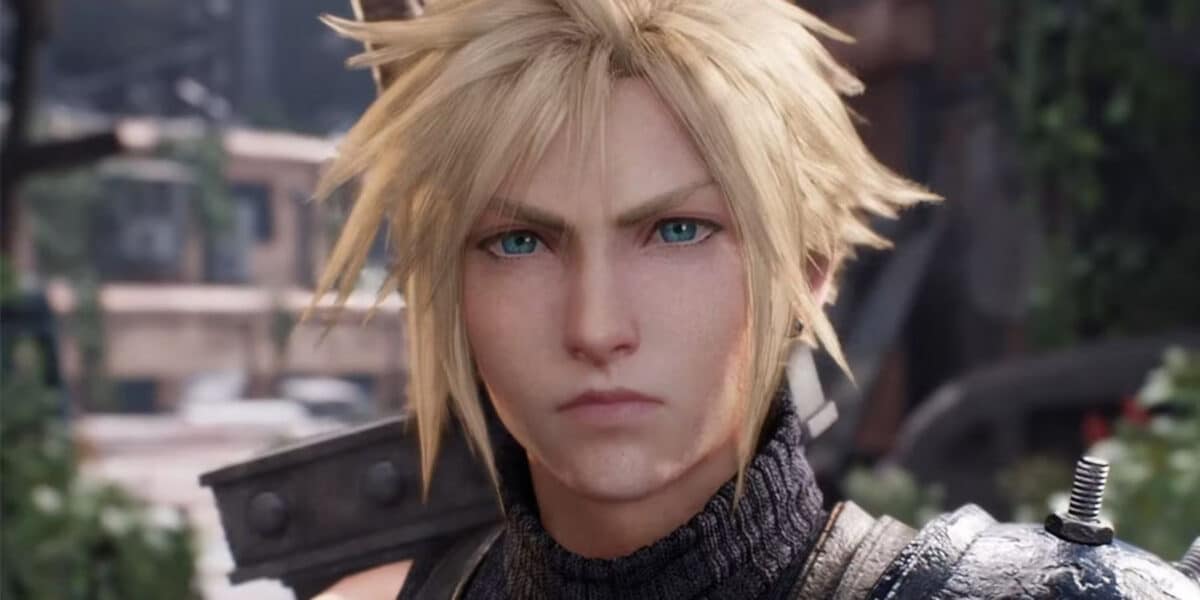
Some hairdos are as legendary as the characters that sport them. You can look at a silhouette and immediately recognize a Final Fantasy character. At the same time, characters like Kratos or 47 have become iconic for their lack of hair. As much as we mention that hair isn’t a character trait, it does play a noticeable role in how audiences interpret a certain character.
That’s why the freedom to create a character exactly how you want it is so important. That’s why games like Cyberpunk 2077 succeed where others like Elden Ring falter– and why I just can’t get enough of Baldur’s Gate III.
When it comes to character customization and “diversity,” as we mentioned before, you can hardly beat Larian’s excellent RPG. The game essentially fixes every negative trope we had on this list. Powerful female characters like Shadowheart wear their hair with pride, while Wyll rocks his braids – even with horns!
This sort of variety and open-mindedness towards character design is just what gaming needs. At the end of the day, hair diversity is not just about representation for the sake of it. Pushing creative boundaries with character designs ultimately leads to immersive game worlds that better mimic reality in its unbounded diversity.
Now that games are rocking better textures than ever before, and with ray traced global illumination making materials look richer than ever, hair has been criminally underutilized for creative character designs.
Simply put, advancing hair in games advances immersion and enjoyment by representing who we actually are rather than ideals that diminish or erase huge swathes of people. It’s either that or going back to the days of buzzcuts everywhere – and I think I’d rather see a menagerie of hairdos than the same three haircuts repeated ad infinitum.
RELATED: 21 Best Anime Characters With Red Hair
What are your thoughts on hairstyles in video games?


